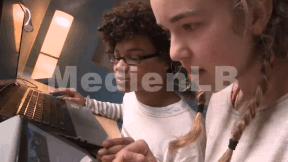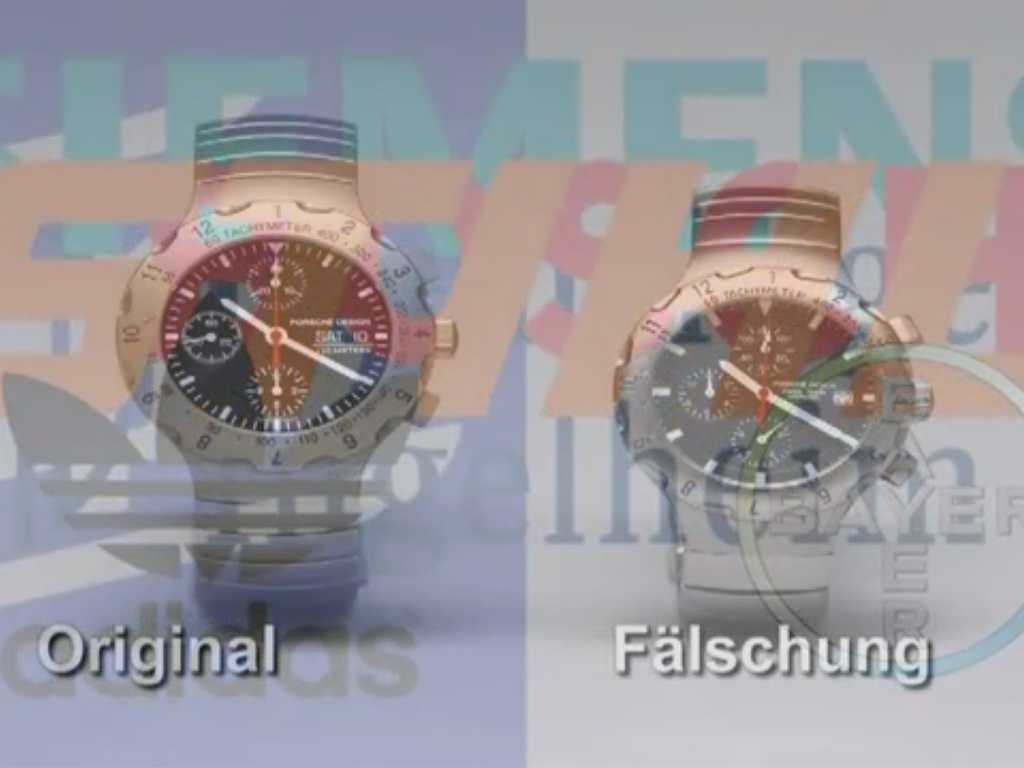 History
History

4679037 / 5565798
Germanic Tribes
Beliefs, Everyday Life and Customs
When the Romans deliberately encountered the Germanic tribes in the 2nd century BC, they knew almost nothing about their soon-to-be most dangerous enemies and even today, much is still obscure as the Germanic tribes, unlike the Romans, did not leave behind large stone edifices but built their houses from wood – and this is ephemeral.
The Germanic tribes knew no writing either until about 160 AD. They left only short texts in runic characters to posterity.
Almost everything written down about the Germanic tribes was handed down by a few Greek geographers, Roman chroniclers, foremost among them Tacitus, and even Julius Caesar himself. But these traditions were partly distorted, exaggerated and frequently false, because these writings were often only re-narrated or politically motivated. At the times of the Greek and Roman high cultures little was known about the ethnic groups of the North and they were generally referred to as “barbarians“. This just meant that these people were different and knew neither Greek nor Roman civilisations.
Thus we know only very little about the everyday life of the Germanic tribes around 100 AD.

Curriculum-centred and oriented towards educational standards
Matching
Mobile Learning II
Oh, what’s that? Original soundtrack Thissen: “As our children grow up in a media world and naturally handle the media, they should also be a topic in school.“ An older child says the point is that they don’t just load down apps but create things themselves that haven’t existed so far. Hi, I’m Jana. A propeller hat. I’ll put it on. Now I’m no longer a simple rhino, but a flying rhino. Original soundtrack Thissen: “It’s exactly the great flexibility of tablets that promotes very personalised and adapted learning.” Original soundtrack Welzel: “It’s fascinating to see how the children grow with their products and how they always want to improve them.” The Westminster Abbey is a church in London for the royal family. Original soundtrack Welzel: “And?“ They think it is ok.
Product Piracy
Counterfeiting takes place in almost all economic sectors – textiles, watches, car parts, machine parts, tools, accessories, software and medicines. Some counterfeits are easy to recognise, others are so well-executed that even experts have difficulty distinguishing between original and imitation. This DVD covers the development of a product from idea to manufacture. Once a product has become a trademark, product pirates appear on the scene.









